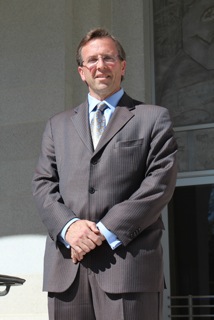
https://soundcloud.com/capimpactca/amending-or-revising-the-california-constitution
In today’s podcast, I look at the different processes laid out in California’s Constitution for amending or revising the Constitution.
California’s Constitution was originally adopted in 1849 and has become one of the longest constitutions in the world, nearly 100 pages in length. This is partly due to the number of voter-approved additions to the Constitution.
An amendment to the state constitution requires passage of a ballot measure that is approved by a majority vote of the state’s electorate. Amendments can be placed on the ballot by legislators or by the voters themselves.
For voters to place an amendment on the ballot, they must collect valid signatures from a number of voters equal to 8% of the votes cast in the most recent gubernatorial election. This is one of the lowest thresholds of any state in the United States. For the Legislature to place a constitutional amendment on the ballot, each house of the Legislature must pass the proposed constitutional amendment by a two-thirds vote. The Governor does not act on proposed constitutional amendments. Once passed, the amendment is placed on the next statewide ballot. Again, whether placed on the ballot by voters or the Legislature, a constitutional amendment is approved by voters with a majority vote.
The Legislature can also, with a two-thirds supermajority vote, place on the ballot an initiative to revise the state constitution via a Constitutional Convention. If the majority of voters vote yes, the Legislature must provide for that Constitutional Convention within six months. Delegates are voters elected from districts as equal in population as may be practical.
You can find a full transcript of today’s podcast here.
